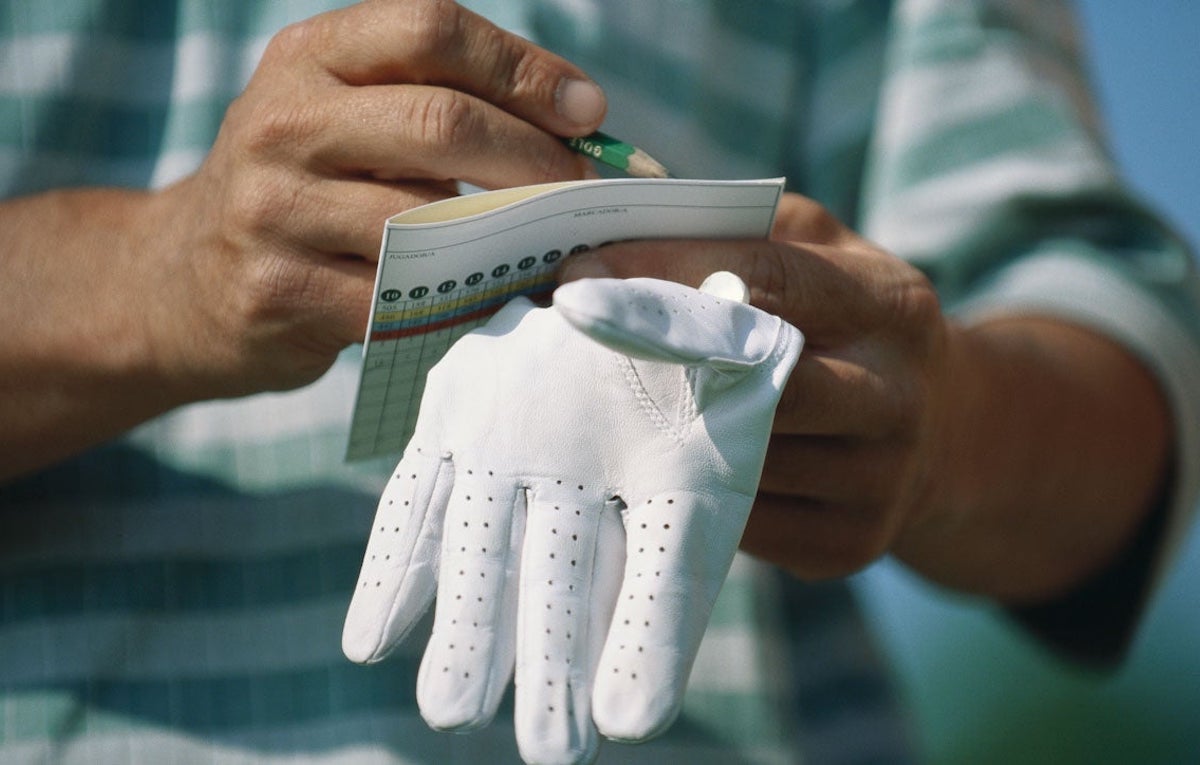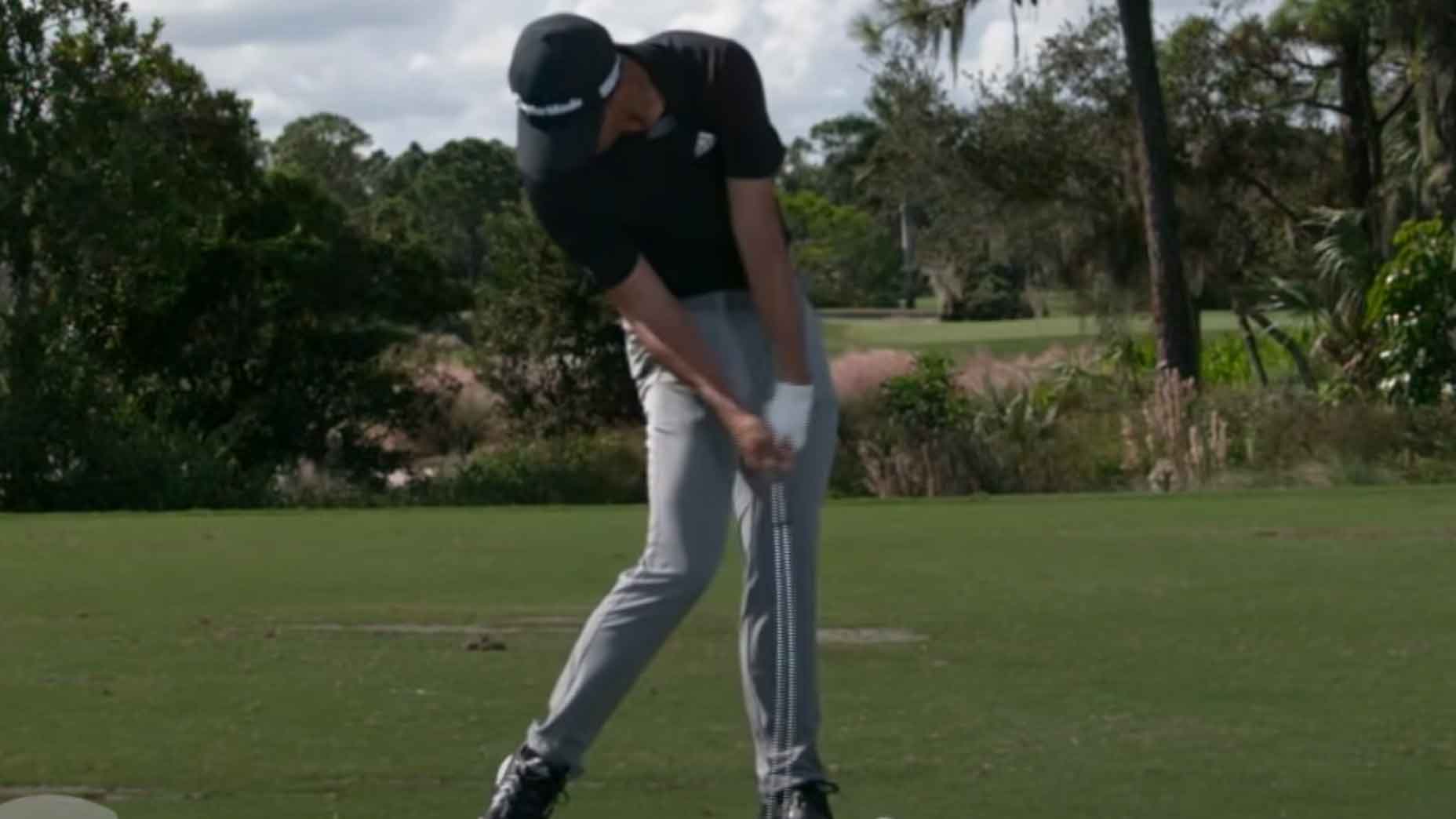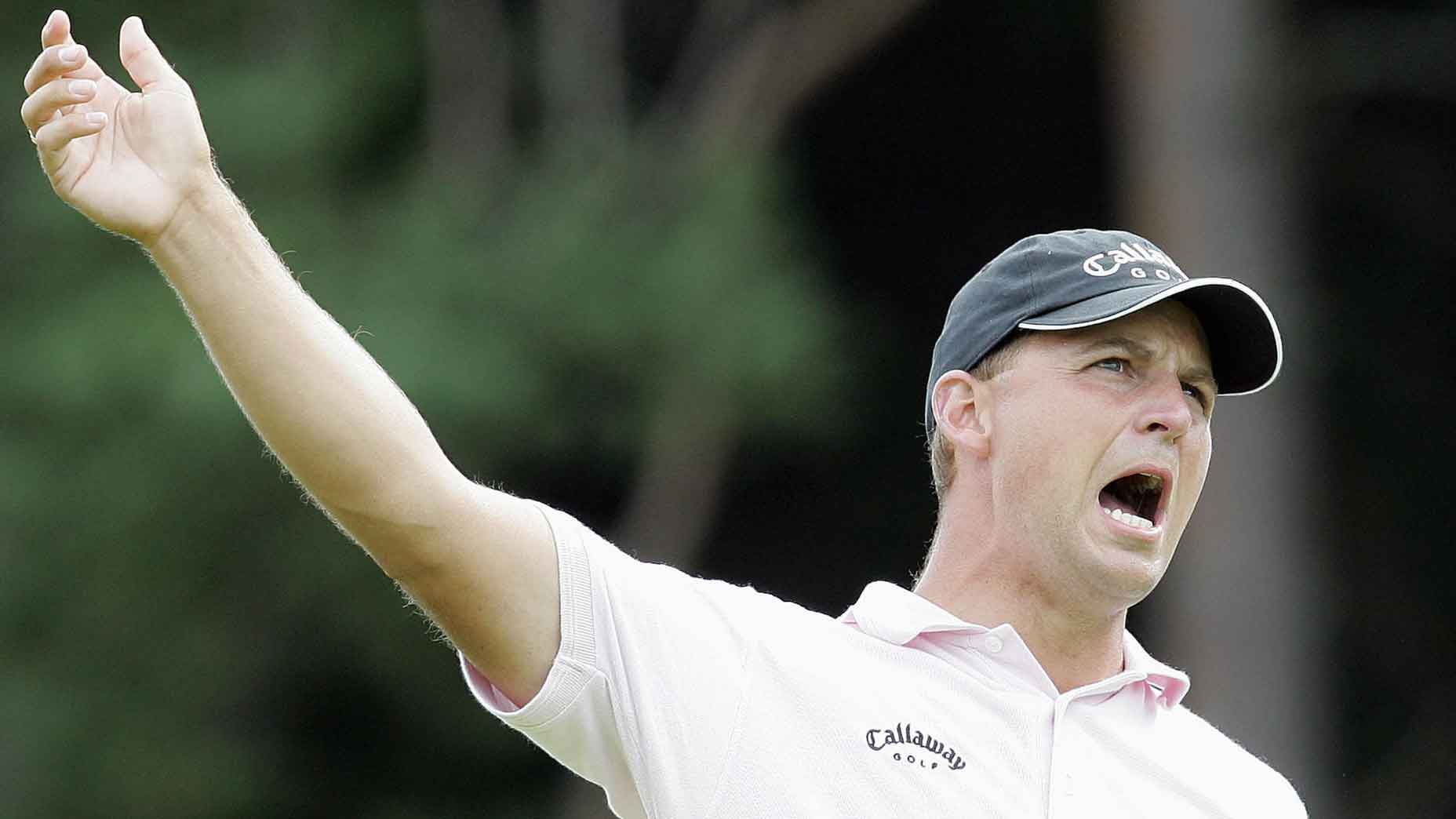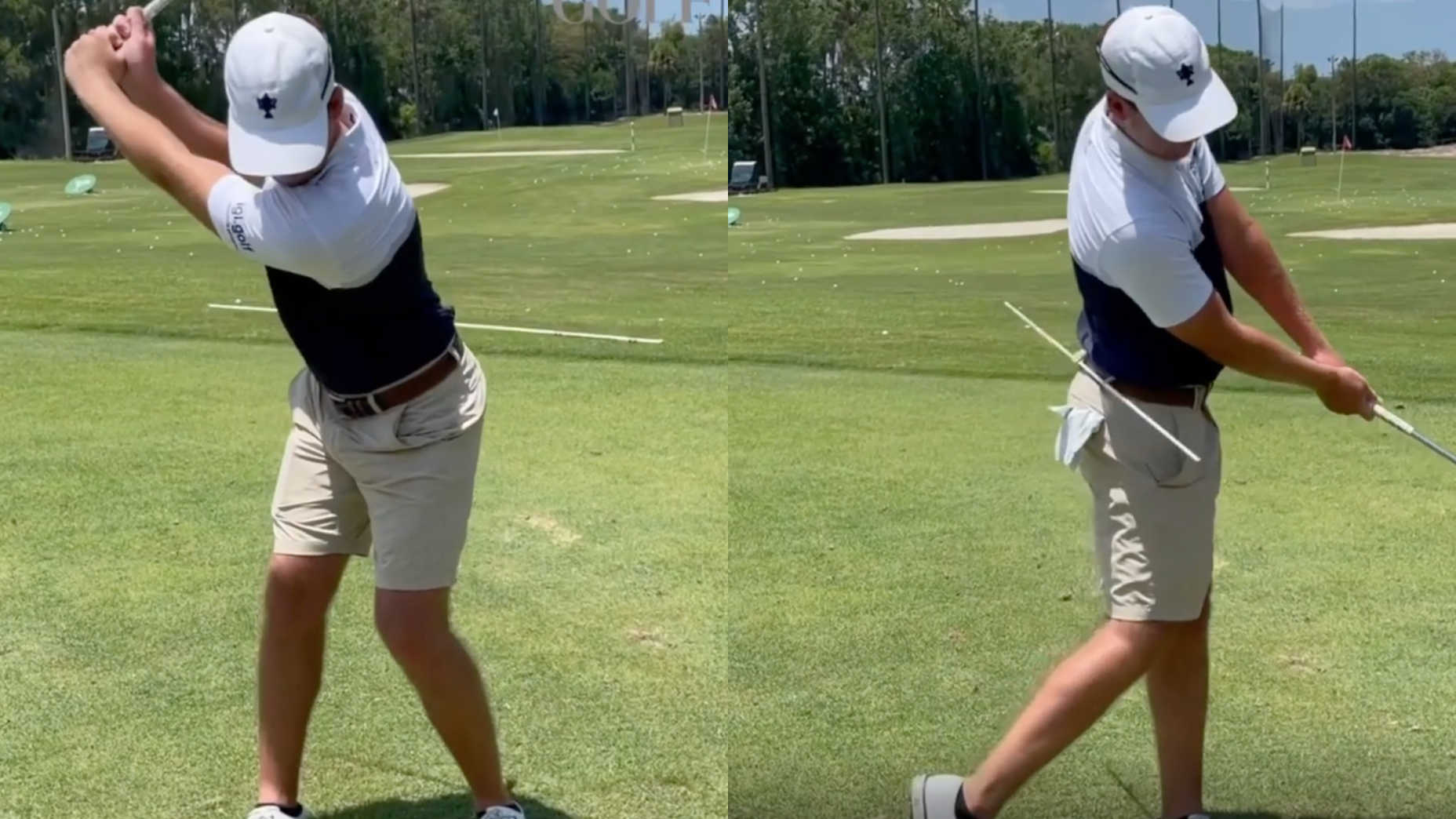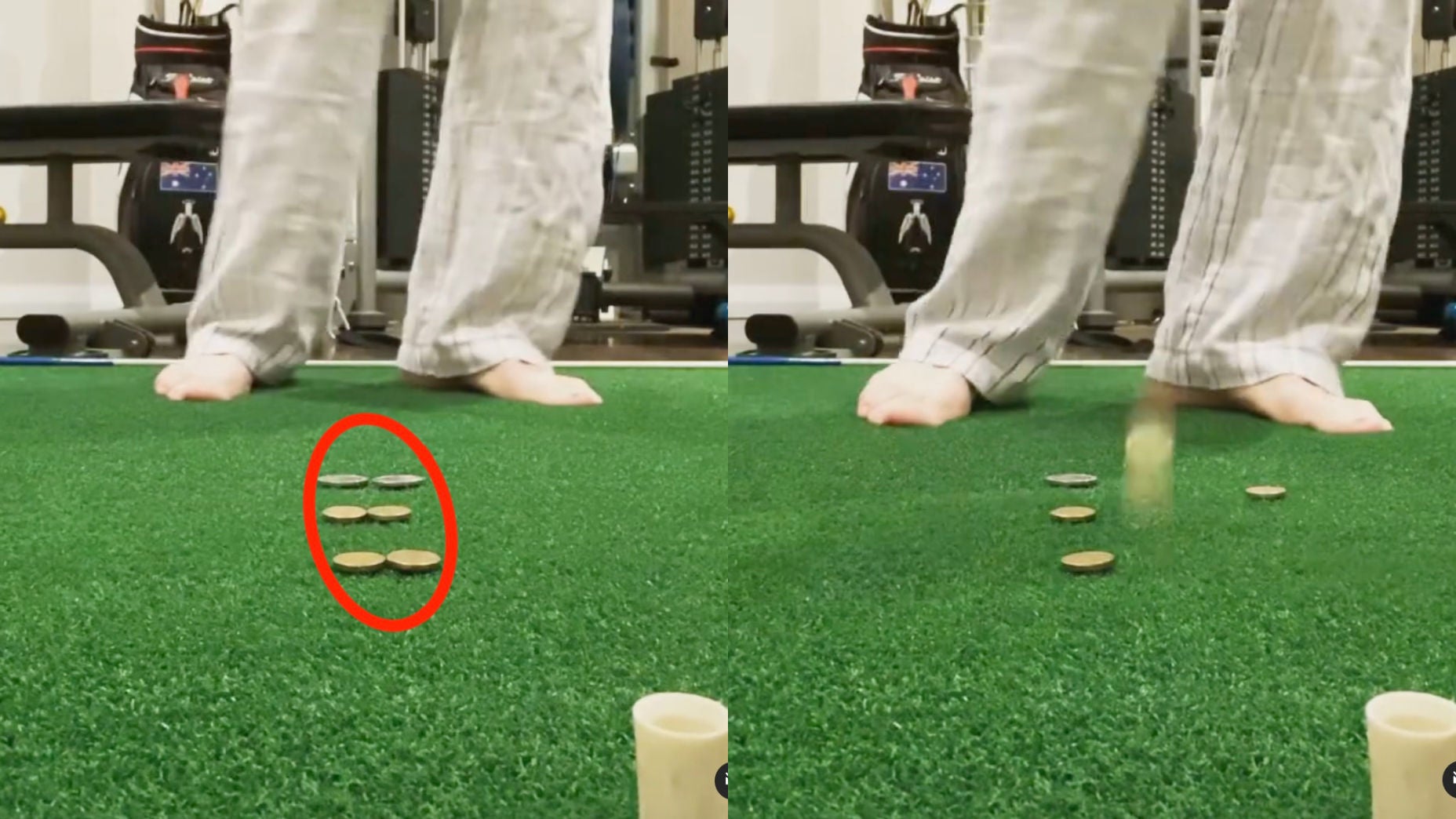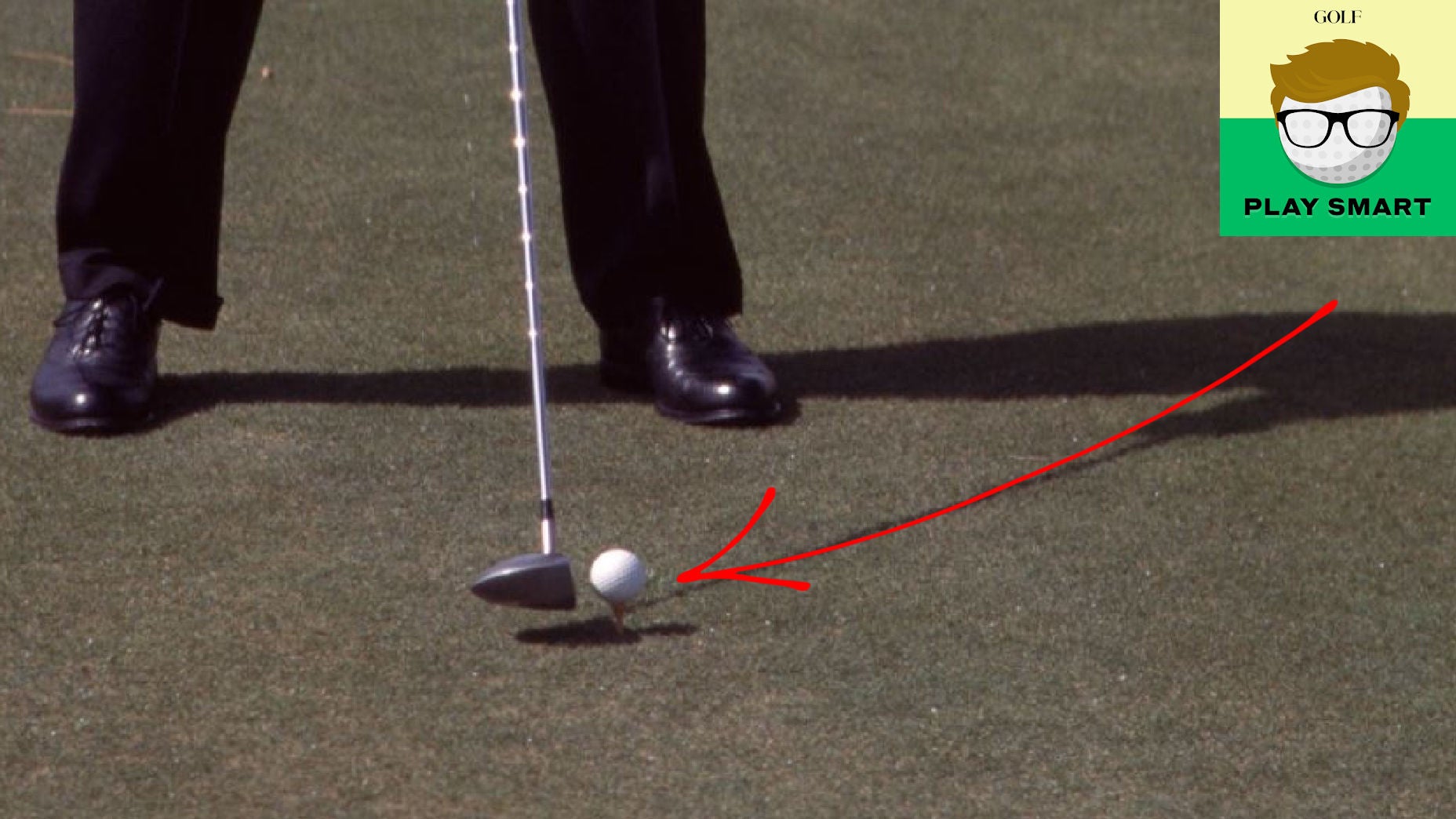It’s so much fun to see the results from your practice and hard work show up in your score. The moments when you play better, score lower and watch your handicap drop are validation that what you are working on is correct.
As you improve, you’ll start to notice yourself developing new and unique skills based upon your goals. If you want to drop your handicap to a single digit, here are the 10 most important skills you’ll need to develop:
1. Consistent drives with good distance
Consistently hitting good solid drives, with a moderate amount of distance, are a big part of dropping your scores and your handicap. A good drive sets the stage for the rest of the hole, making both approaches and short game shots easier and potentially putting you in better positions to attack par 5s.
A great posture and set up routine are an important part of hitting good drives. Proper ball position (forward in stance) and shoulder tilt (back away from the target most commonly), are fundamental in being able to drive the ball both straight but far.
At this point in your improvement, it may also be a good idea to be custom fit for your driver and your equipment, so find a good clubfitter you might be surprised at the difference the proper head and shaft combination can make.
2. Solid contact
To have a low handicap, you need hit a high percentage of solid shots, with the contact in the middle of the club face. This is not to say that good golfers don’t hit bad shots all the time. They do and they know how to recover, but for the most part, many of their shots are crisp as a result of great technique.
Good fundamentals are a common precursor to solid contact. It is always a great idea to be able to hold your finish as a check to your balance.
3. Hit more greens in regulation
Hitting more greens in regulation is a great measure to lowering your handicap and is often a result of the first two, good drives and solid contact. You should strive to hit between six to thirteen greens to be a single-digit handicap. Obviously a good short game can make up for hitting less greens, but in order to convert some birdie putts it requires you to hit a higher number of greens in regulation.
Looking for better angles off the tee box or planning ahead on best location to enter the green can be helpful. For example, if there is a fairway bunker on the right side of the fairway, it can be helpful to tee off on the far right side of the tee box giving you a better angle to the left to avoid the hazard. Or, if the pin is tucked over a bunker on the left side of the green, if your prior shot would be more to the right, it may make it easier to get to the pin without having to go over the bulk of the bunker. This planning ahead and looking for easier approach angles, can certainly be a more advanced course management plan that will help you to drop your scores.

4. Minimize three putts
One of the biggest differences in handicap groups is number of three putts. Low handicap golfers do not three putt very often. This shows up very quickly in the score. The ability to control the speed and distance your ball rolls so that your first putt settles closer to the pin can take a lot of stress off your second putt. Also, when the ball is slowing down around the cup, it has a much better chance to fall into the edges.
This distance control ability can come out of practice time to develop feel, and more experience over time is certainly helpful. If you are a newer golfer and looking to accomplish this, there are many distance control drills you could do, for example, the three-foot increment drill.
5. Convert more mid-length putts
If you can start to drop some mid-length putts from 8 to 15 feet, it can help to drop your handicap toward the single digit level. This requires great directional and distance control and super technique. Shorter putts, aiming your putter face well is a priority and on distance putts, controlling the distance becomes the greater priority. To be able to convert mid-length putts you need to be able to do both.
Practicing on a chalk line or with a face alignment aid can help to improve your face aiming skill and distance control drills. For example going back and forth between two cups, requiring yourself to two-putt or better a predetermined number of times in a row can help you to master both skills and convert these putts.
6. Control distance on pitches and chips
If we simplify short game into two shots, pitching (higher, less roll) and chipping (lower, more roll) by the point you are a mid-handicap golfer you should be able to hit these shots relatively solid on a consistent basis. In order to take the next step, not only will you need to have good technique and contract, but you will need to get quite good at controlling distance.
It can also be helpful to calibrate and write down the distance you hit your wedges. You can calibrate every 10 yards for both your high and low shot and be a big step toward knocking your short game shot closer to the pin. This will allow you to convert shorter putts to up and downs and lower scores.
A good general rule is when you calibrate your chip shot, calibrate total distance, and when you calibrate your pitch shot, calibrate to where it lands.
7. Learn to curve your golf ball on command
Having one basic swing with one basic ball flight can take you far, and can be both predictable and reliable. But to take the next step, you need to be able to slice or hook the ball on demand. This will allow you to maneuver doglegs as well as trouble shots around trees and other hazards.
This may sound intimidating at first, but it’s easier than you think. While there are a lot of different ways to curve the ball on demand, one of the easiest is to just adjust your grip. For a right handed golfer, if you turn both hands to the right so that your thumbs were on the right side of the shaft, the ball would curve left.
The reverse would also be true. If you rotate both of your hands on the grip of your club to the left so that your thumbs were on the left side of the grip, the face would open and the ball would curve left to right and slice. You can vary the amount you change your hands to control the amount of curve you desire.
There are other ways to curve the ball on demand. You just have to find the one that works best for you.
8. Bunker distance control
Contact is important, but so is the ability to control distance, especially out of the bunker. This allows them not only to get out of the bunker but to get the golf ball closer to the cup, where it is easier to convert the short putt.
One of the easiest ways to control distance in the greenside sand is to simply change your club selection. Use your lob wedge for your shortest shots, sand wedge for your medium length shots and gap wedge for longer shots. While low-handicapped golfers often have more options than this to control distance like changing their face angle, path of swing, speed of swing or different releases, you can find which option works best for you.

9. Fewer penalty shots
Keeping your golf ball in play is a skill that better golfers have mastered. Once again, this is not to say that good golfers don’t hit bad shots, they do. But as a general rule, when there is trouble, they are aware of it and often will play a higher percentage shot with lower risk to avoid having to add penalty strokes to their scorecard.
A good example of this would be if you were playing a par 3 over water and the entire carry area was not water. A better golfer might be smart enough to start on the side of the tee box that would require them to carry the smallest distance possible over the water, compensating for a miss they might have. They have lowered their change of penalty for a less than perfect shot.
10. Know when to play for a “good bogey”
It is certainly easy to look at a low handicapped golfer and assume they do everything well, but that’s not the case. Just like the rest of us they have good days and bad.
They do often know how to make the best out of a bad day or a bad shot. To learn to acquire this skill, you first have to recognize your abilities that day and adjust when needed. If your ball striking just isn’t as good as normal, it can be very helpful to be more conservative with shot selection and just choose more simple, and less offensive, shot options, trying to avoid having real high scores on a few holes.
A good bogey, where you learn to recover, rather than trying to press and ending up with a higher score is a real discipline that can take some time, but this tactic can often save a good round.
One of the most amazing things with the game of golf, is it is never done. There is always something new to learn, or a fun specialty shot to learn and when you can add these into your arsenal as well as learning to play your smartest game, you have great hope to your lowest possible handicap.
